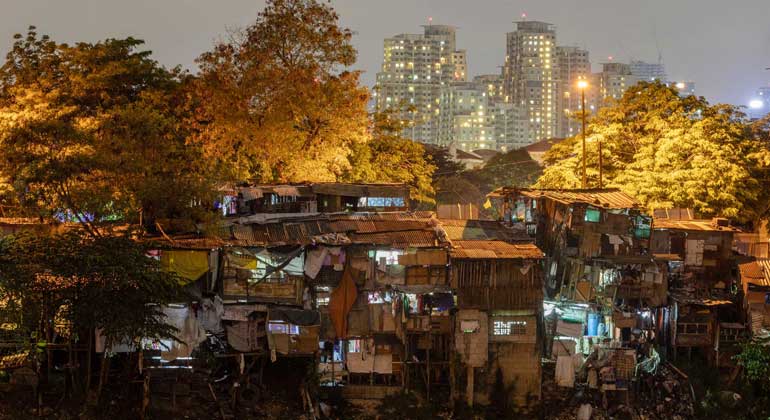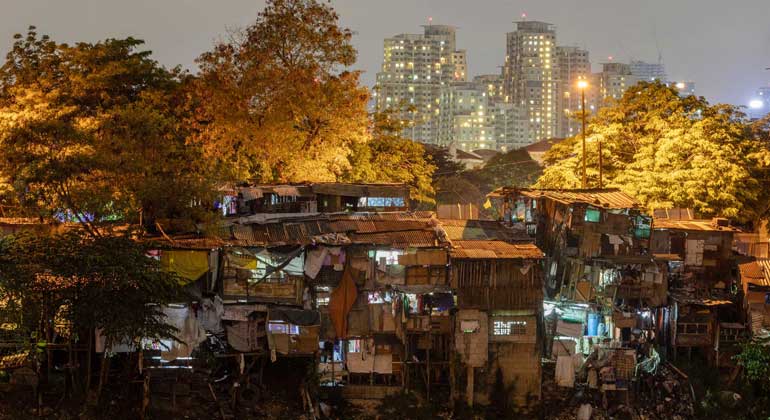
By Luz Wendy T. Noble, Reporter
MOST economies in the Asia Pacific are seeing an early recovery, except for the Philippines and Indonesia which are facing continued uncertainty due to their struggles in containing the coronavirus disease 2019 (COVID-19) pandemic, Moody’s Analytics said.
“Control of COVID-19 and the easing of movement restrictions have been key to the initial improvement of economic conditions in Asia. But the longer-term recovery will depend upon the region’s re-engagement with the global economy, through trade in global goods and services, including travel and tourism,” Moody’s Analytics said in a note sent to reporters on Wednesday.
“Most of the (Asia-Pacific) region has enjoyed an early bounce-back because of relaxed restrictions and is now in various stages of recovery. The only uncertainties are in the Philippines and Indonesia,” it added.
The Philippines and Indonesia have the most number of COVID-19 infections in Southeast Asia. As of Wednesday, the total confirmed cases in the Philippines stood at 329,637 with deaths at 5,925. In Indonesia, total infections stood at 315,714 cases, while the death toll stood at 11,472.
“Cases remain high in the Philippines but are below their early-August peak. Indonesia has yet to reach a peak and is the only remaining Asian nation where COVID-19 is not contained,” Moody’s Analytics said.
The research arm of credit watcher Moody’s Investors Service expects the Philippine economy to shrink by 9.2% this year, Steven Cochrane, Chief APAC Economist at Moody’s Analytics, told BusinessWorld in an e-mail.
This is a more pessimistic outlook than the -3.1% it gave in July, and the -4.5% to -6.6% estimate by the government.
Despite this, Mr. Cochrane noted the Philippines is already “digging itself out of a deep hole.”
“With the easing up on movement restrictions in the third and fourth quarters, the economy will begin to improve as households accelerate consumption and manufacturers raise production,” he said.
“The resumption of infrastructure projects will also help contribute to employment and economic output,” Mr. Cochrane added.
For 2021, Moody’s Analytics expects the Philippines gross domestic product (GDP) to grow by 7.8% mainly on base effects. This is higher than the 6.5% to 7.5% projection made by the government.
“India and the Philippines will see some of the strongest growth rates in the coming year, but this is in large part due to their deep downturns in 2020, which make for easier year-to-year comparisons. Further, these forecasts are perhaps the most uncertain, since neither country has clearly shown that it has effectively controlled the virus, nor has either committed fiscal resources toward recovery to the degree seen elsewhere in the region,” it said.
Mr. Cochrane, however, noted the Philippines is unlikely to exceed the fourth-quarter GDP growth of 6.7% until the second quarter of 2022.
“This delay is caused by the depth of the downturn caused by the long and very strict community quarantine orders in much of the country, and due to the modest fiscal support that so far has been pledged by lawmakers to support the economy and rebuild,” he said.
Mr. Cochrane said the economy will face a “persistent drag” from the slow return of international travel and tourism.
On the other hand, he is optimistic that improvements in cash remittances will provide support for economic recovery.
In its report, Moody’s Analytics identified the Philippines, Indonesia and India as the economies with the “greatest need for fiscal support.”
So far, stimulus packages under Republic Acts No. 11469 (Bayanihan I) and 6953 (Bayanihan II) provided a total of P440.5 billion for the pandemic response.
“Additional steps to support economic recovery would be to provide additional fiscal stimulus to support unemployed households and small and medium enterprises that have been hit hard by the pandemic,” Mr. Cochrane said.
“Also, spending should be focused on healthcare to support those who have been ill or are at risk, and on education programs to retrain workers who will have no job to return to,” he added.
The unemployment rate has eased to 10% in July coming from the record high 17.7% in April. The July figure is equivalent to 4.571 million jobless Filipinos, lower than 7.254 million in April.
Migrant Filipino workers have also been affected by the global crisis, with more than 204,000 of them already repatriated as of Oct. 4.
